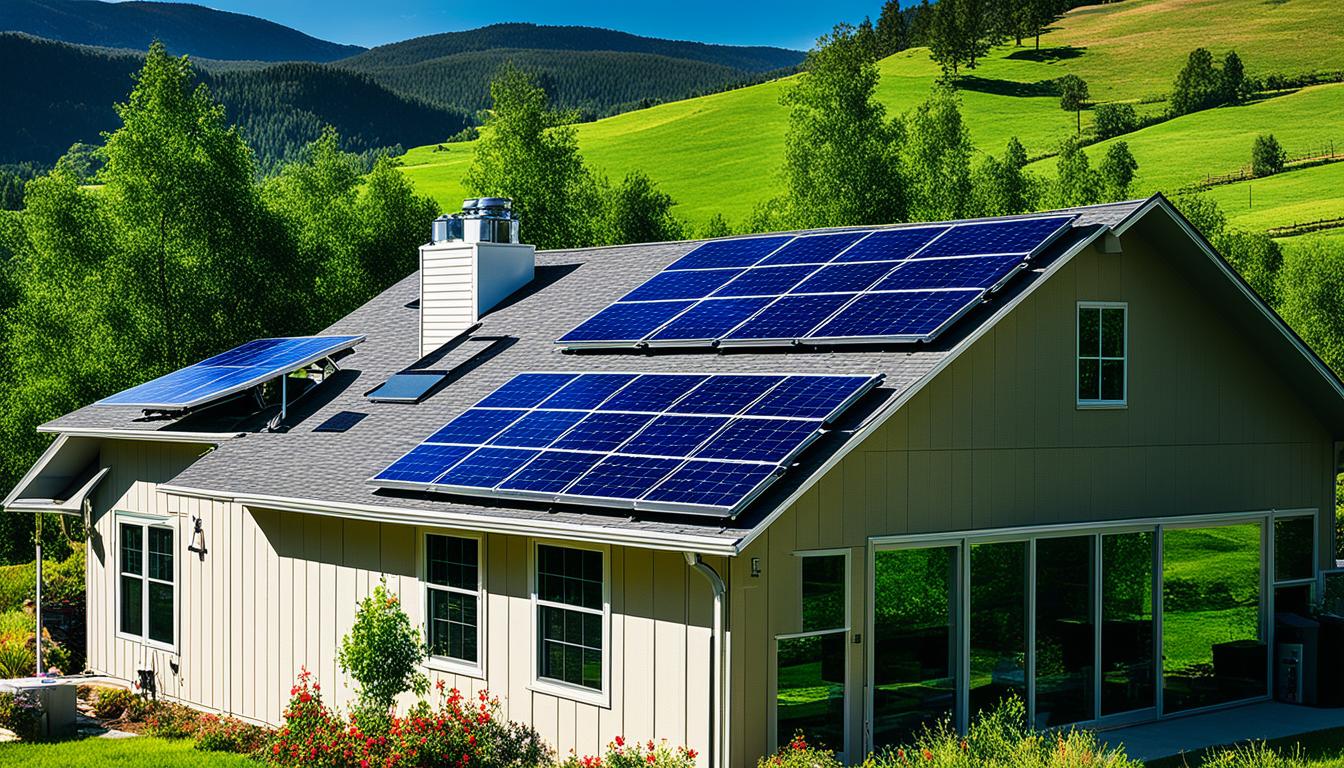
Compared: Grid-Tied, Off-Grid, and Hybrid Solar Systems

Ethan Howard
Posted 12/3/2023
Grid-tied systems are designed to connect directly to the electrical grid, allowing you to utilize solar power while remaining connected to the conventional power supply. These systems work by utilizing a solar array to generate electricity, which is then fed into the grid. When your solar panels produce excess electricity, it can be sent back to the grid, earning you credits or reducing your energy bills.
On the other hand, microinverter systems take a slightly different approach. Instead of using a central inverter for the entire solar array, microinverters are installed on each individual solar panel. This allows for more flexibility and optimization as the panels can operate independently. Microinverters convert the DC electricity generated by each panel into AC electricity, which can be used in your home or sent back to the grid.
Grid-tied systems have several advantages, including lower upfront costs, ease of installation, and the ability to take advantage of net metering programs. With access to the grid, you have a reliable backup power source on cloudy days or during nighttime when your solar panels aren't producing electricity.
Microinverter systems, on the other hand, offer advantages such as panel-level monitoring, increased system efficiency, and improved safety. As each panel operates independently, shading or malfunctions in one panel do not affect the performance of the entire system.
Both grid-tied and microinverter systems have their own considerations. Grid-tied systems rely on the availability of the electrical grid and do not provide electricity during power outages. On the other hand, microinverter systems, while offering flexibility, may have higher upfront costs due to the individual microinverters required for each panel.
Understanding the differences and benefits of both grid-tied and microinverter systems is crucial in determining the most suitable solar power solution for your individual needs. In the next section, we will dive into the benefits and considerations of off-grid and hybrid solar systems, providing you with a comprehensive understanding of the various options available.
Summary:
- Grid-tied, off-grid, and hybrid solar systems offer different benefits and considerations.
- Understanding the differences between grid-tied and microinverter systems is crucial to make an informed decision.
- Solar power installations in the United States have increased by 48% in the past decade.
- Grid-tied systems are connected to the electric grid, while off-grid systems operate independently.
- Hybrid systems provide the flexibility of both grid-tied and off-grid systems.
